The latest tech news 2025 reveals groundbreaking innovations transforming our digital landscape. Moreover, artificial intelligence has reached new heights with revolutionary breakthroughs. Additionally, cybersecurity threats continue evolving alongside protective measures. Furthermore, quantum computing is transitioning from concept to practical reality.
Artificial Intelligence: The Great Leap Forward
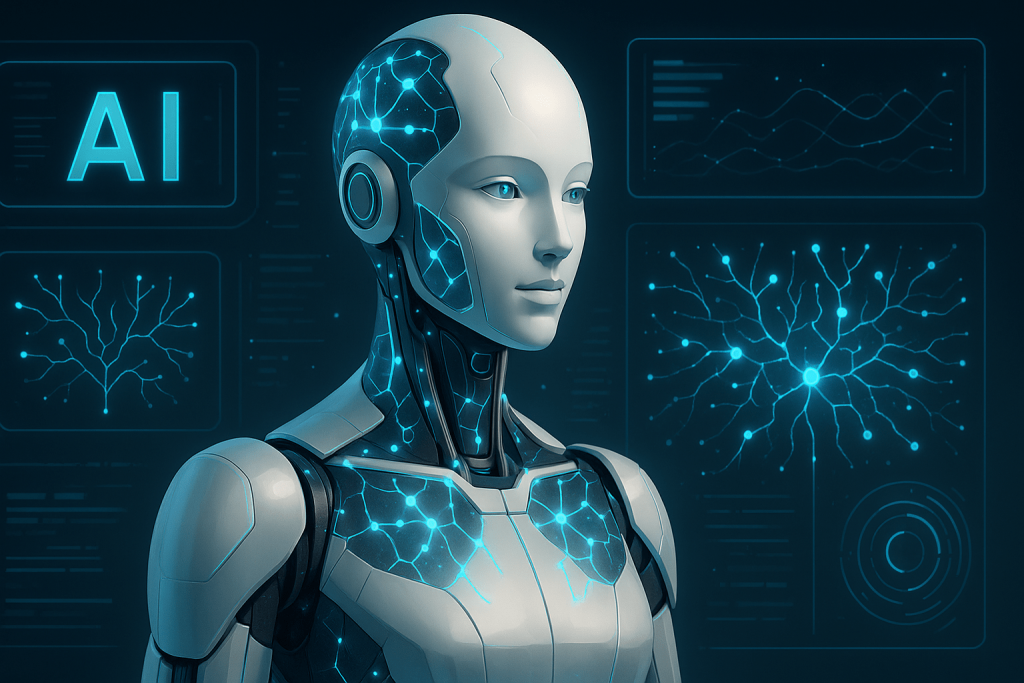
The artificial intelligence sector has experienced remarkable growth in 2025, with OpenAI’s release of GPT-5 on August 7 marking a significant milestone. The new model features a 256,000-token context window and includes GPT-5-mini and GPT-5-nano variants, demonstrating the rapid advancement in large language model capabilities. This breakthrough has been complemented by OpenAI’s release of open-weight models GPT-OSS 120B and GPT-OSS 20B under the Apache 2.0 license, making advanced AI more accessible to developers worldwide.
Anthropic has also made substantial progress by expanding Claude’s context window to an impressive 1,000,000 tokens, enabling analysis of entire codebases with over 75,000 lines of code per prompt. This advancement represents a significant leap in AI’s ability to handle complex, large-scale projects.
The integration of generative AI into enterprise workflows has become a dominant trend in 2025, with 71% of leaders more likely to hire candidates with gen AI skills regardless of their experience level. Companies are increasingly recognizing AI as the future of innovation, shifting R&D focus toward AI-powered solutions across various sectors.
Key AI developments in 2025 include:
- LLM-powered voice assistants becoming more conversational and human-like
- AI-powered user experience improvements in battery optimization, storage management, and camera functionality
- On-device AI processing for enhanced privacy and security
- Enterprise AI adoption accelerating across healthcare, finance, and manufacturing
Cybersecurity: The Battle Against Evolving Threats

August 2025 has been dubbed a month of unprecedented cyber attacks and data breaches, with major organizations falling victim to sophisticated campaigns. The ShinyHunters group, tracked as UNC6040, orchestrated a massive Salesforce-targeting campaign affecting Google, Pandora, Chanel, and numerous other major brands.
Major cybersecurity incidents in August 2025:
- Google Salesforce breach affecting 2.55 million business contacts
- 16 billion passwords exposed in the largest data breach ever recorded
- Air France and KLM reporting third-party platform breaches
- Workday data breach tied to Salesforce attacks
However, organizations that apply game theory and operations research report a 65.7% reduction in advanced persistent threat (APT) breaches. In addition, many companies are now using AI-driven cybersecurity solutions. Consequently, the market saw a 78% drop in attacks. On average, companies save $4.2 million per incident with AI security.
Emerging cybersecurity trends include:
- Zero-trust architecture adoption as the strongest predictor of breach resilience
- Multi-factor authentication (MFA) implementation across enterprise systems
- AI-enhanced threat detection and automated incident response
- Quantum-safe cryptography preparation for future quantum threats
Quantum Computing: From Laboratory to Reality

2025 marks a pivotal year for quantum computing. McKinsey reports it is moving from concept to reality.
Google’s Willow chip now boasts 105 physical qubits. It delivers major gains in error correction and speed.
Microsoft introduced the Majorana 1 processor in February 2025. Designed for topological qubits, it can scale to one million qubits. Moreover, DARPA’s US2QC program selected Microsoft as a pioneer. It will test utility-scale quantum operations by 2033.
Quantum computing applications are expanding across multiple sectors:
- Drug discovery and healthcare through molecular simulation capabilities
- Fusion energy research with plasma physics simulations
- Financial modeling and cryptographic applications
- Materials science for sustainable technology development
IBM, PsiQuantum, and other industry leaders keep advancing error correction. Meanwhile, start-ups such as Alice & Bob, Riverlane, and QuEra introduce fresh solutions. Consequently, these efforts tackle critical quantum computing challenges.
Mobile Technology: The Smartphone Evolution
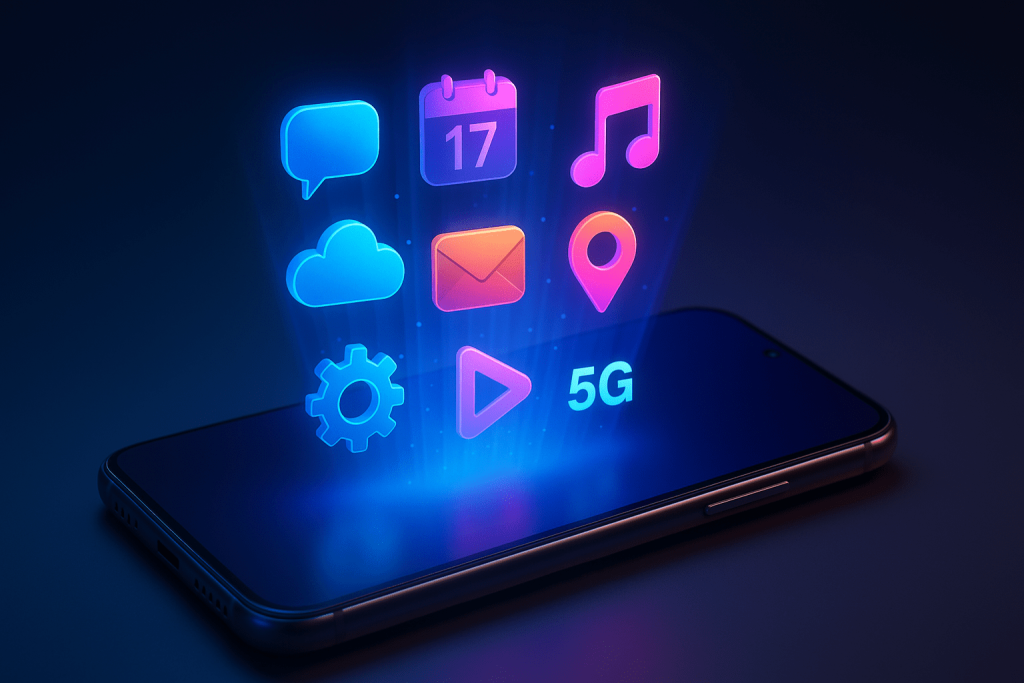
The smartphone industry in 2025 is experiencing a technological renaissance driven by AI integration, advanced display technologies, and enhanced connectivity features. On-device AI has become the cornerstone of smartphone innovation, with devices serving as true digital assistants capable of predicting user needs and optimizing performance.
Key smartphone trends in 2025:
- Foldable and rollable displays becoming more affordable, with some models dropping below $1,000
- 5G expansion achieving speeds up to 10 times faster than 4G, with peak data rates reaching 20 gigabits per second
- Satellite connectivity enabling emergency communications in remote areas
- Advanced biometrics including voice recognition, iris scanning, and behavioral biometrics
Google’s Pixel 10 lineup, launched at the August 20 Made by Google event, emphasizes on-device AI features like Photo Coach, with base pricing starting at $799. The device showcases the industry’s shift toward AI-powered photography, computational imaging, and machine learning-enhanced user experiences.
Apple’s iOS 19 beta reveals new features including interactive home screen widgets, expanded StandBy modes, and a Journal app that uses on-device machine learning to suggest personal journaling prompts based on user activities.
Electric Vehicle Revolution: Charging Toward the Future
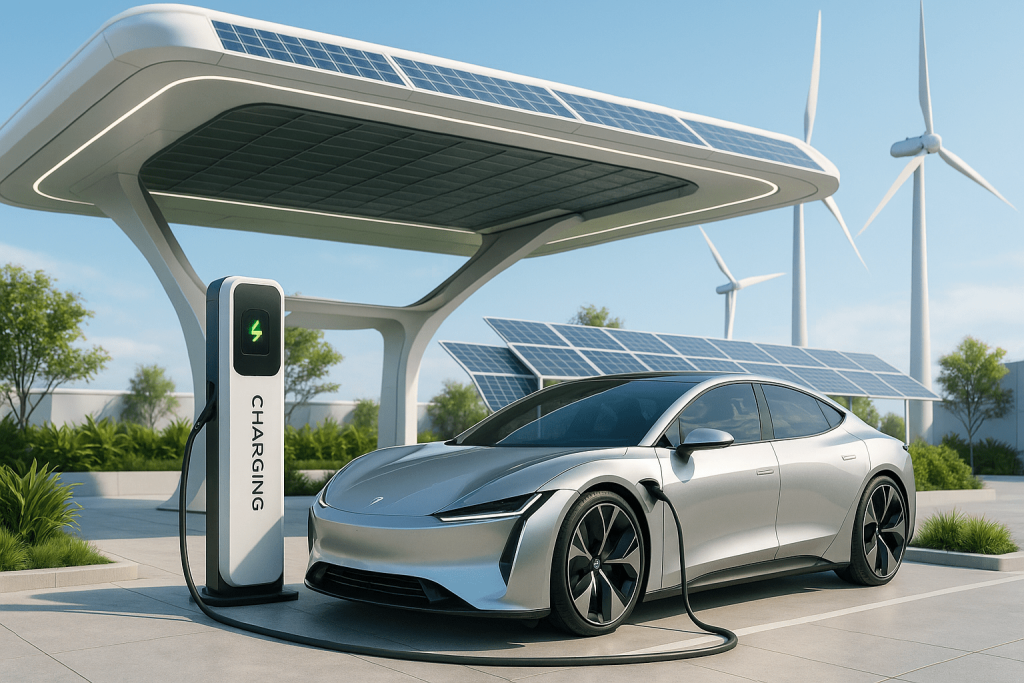
The electric vehicle sector continues its explosive growth trajectory in 2025, with EV sales expected to push new-vehicle sales higher as consumers take advantage of soon-to-expire federal tax credits. July 2025 recorded the second-highest EV sales in history, with 130,082 units sold, representing a 26.4% month-over-month increase and 19.7% year-over-year growth.
BYD has demonstrated remarkable global expansion, launching its seventh model in Nepal with the Atto 2, opening its 43rd store in Malaysia, and planning to double its presence in Cambodia with 13 stores and 6 service centers by year-end. The company is also building a vehicle assembly plant in Cambodia capable of producing 10,000 vehicles annually.
Significant EV developments include:
- BYD setting new EV speed records of over 472 km/h at German test tracks
- Advanced battery thermal management solutions from German companies
- Enhanced charging infrastructure addressing remote area challenges
- Federal tax credit expiration driving increased consumer adoption
Cybersecurity concerns are growing in the EV sector, with emerging transportation technologies including electric vehicles, autonomous vehicles, and connected vehicles introducing substantial cybersecurity challenges such as data breaches, spoofing, and infrastructure attacks.
Space Technology: The Final Frontier Expands
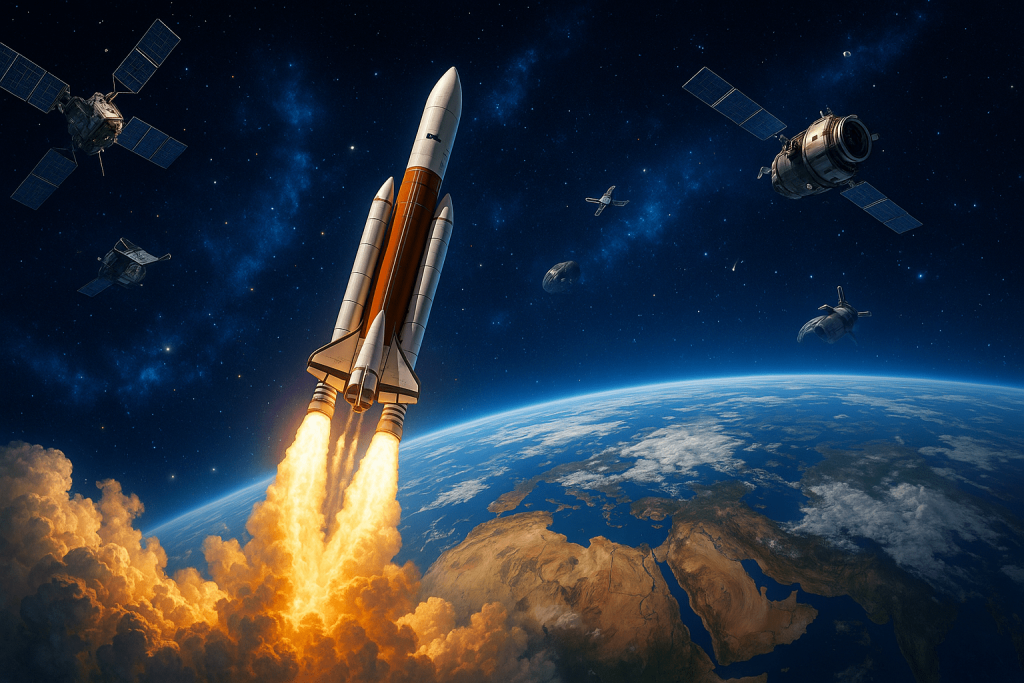
2025 has been a record-breaking year for space technology, with SpaceX achieving its 100th launch on August 18, sending 24 Starlink satellites to orbit. The company’s rapid launch cadence demonstrates the maturation of commercial space operations, with the Starlink constellation now exceeding 8,000 active satellites.
Major space achievements in 2025:
- Starship’s successful 10th test flight, deploying mock Starlink satellites and achieving precise landing
- NASA’s Artemis III program beginning major assembly with Space Launch System core-stage preparation
- NASA-ISRO NISAR mission deploying a 12-meter radar antenna, the largest reflector ever flown on a NASA satellite
- X-37B military spaceplane testing laser communications and quantum inertial sensors
Blue Origin continues advancing suborbital research with New Shepard mission NS-35, carrying over 40 scientific and educational payloads including 24 student experiments from NASA’s TechRise Challenge. The mission represents Blue Origin’s 200th payload to space, highlighting the democratization of space research.
Blockchain and Cryptocurrency: Digital Finance Transformation
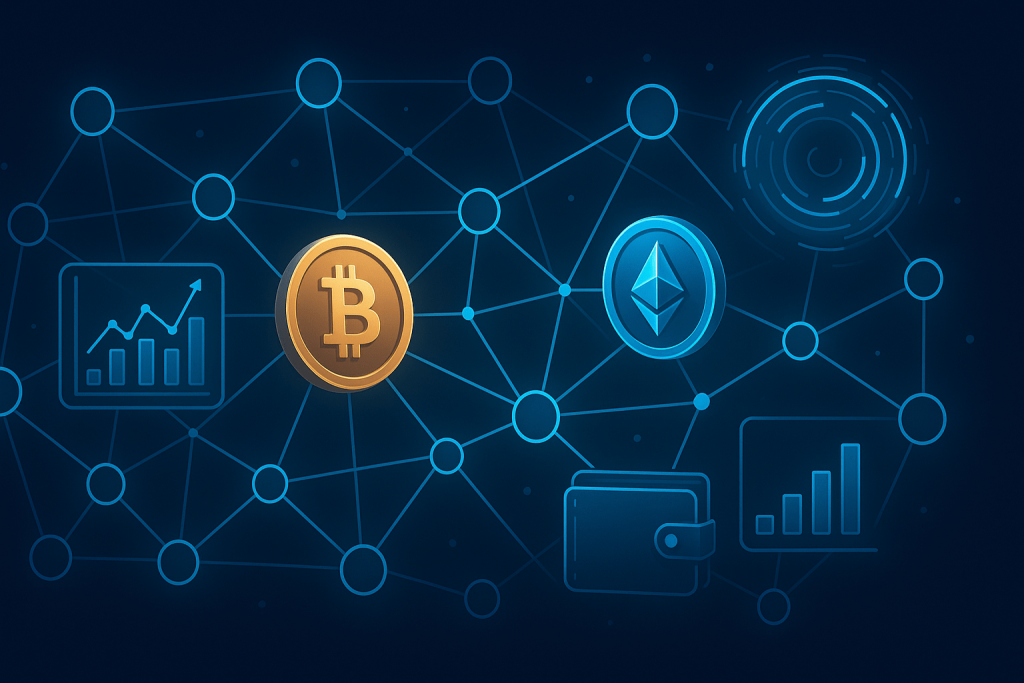
The cryptocurrency market has experienced significant growth and mainstream adoption in 2025, with Bitcoin reaching new highs above $100,000 and being packaged into exchange-traded funds offered by major investment companies. The market demonstrates increased maturity through innovations that make blockchain technologies useful to broader audiences beyond cryptocurrency enthusiasts.
Key cryptocurrency trends in 2025:
- Stablecoins facilitating 1 billion transactions annually, transferring over $8 trillion in total value
- Tokenization revolutionizing industries like real estate and art through fractional ownership
- AI and crypto integration with projects like Render, SingularityNET, and Fetch.ai leading innovation
- Enhanced security and privacy features becoming central to market growth
Regulatory clarity is improving, with 48% of U.S. crypto holders prioritizing policies that improve security measures and anti-fraud standards. The Artificial Superintelligence Alliance merger of SingularityNET, Fetch.ai, and Ocean Protocol represents the growing intersection between AI and decentralized finance.
BlackRock’s partnership with Securitize to launch tokenized funds on Ethereum, along with Securitize’s $47 million funding round, demonstrates traditional finance institutions’ increasing investment in tokenization.
Emerging Technologies: The Innovation Pipeline
5G and 6G Connectivity continues expanding globally, with 5G accounting for one-third of global mobile subscriptions by the end of 2025. The technology enables faster data speeds, lower latency, and supports emerging applications like AR navigation and high-resolution video calls.
Virtual and Augmented Reality technologies are becoming more immersive and user-friendly, with lighter headsets, longer battery life, and improved display resolutions and motion tracking. These technologies are transforming gaming, training, therapeutic contexts, and retail experiences.
Internet of Things (IoT) expansion continues, with projections of 30 billion connected devices by 2025, significantly increasing from 16.6 billion in 2023. Smart cities are leveraging IoT for traffic management, energy optimization, and public safety systems.
The Road Ahead: Technology’s Transformative Impact
As we progress through 2025, these technological trends are not developing in isolation but are converging to create unprecedented opportunities for innovation and transformation. The integration of AI with quantum computing, the synergy between blockchain and traditional finance, and the convergence of 5G with IoT and AR/VR technologies are reshaping entire industries.
Organizations must adapt quickly to remain competitive in this rapidly evolving landscape. The emphasis on cybersecurity, privacy protection, and ethical AI development has become paramount as these technologies become more deeply integrated into our daily lives and business operations.
The democratization of advanced technologies through open-source initiatives, cloud computing platforms, and affordable hardware is enabling smaller organizations and developing nations to participate in the global digital transformation. This trend toward technological inclusivity promises to unlock innovation from unexpected sources and accelerate progress across all sectors.
2025 represents a pivotal year where many emerging technologies are transitioning from experimental phases to practical, real-world applications that deliver tangible value to businesses and consumers alike. The convergence of these technologies is creating a multiplier effect that amplifies their individual impacts and opens new possibilities we are only beginning to explore.


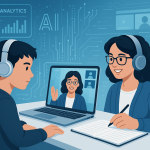

Thank you
Thank you
Thank you
Thank you
Thank you